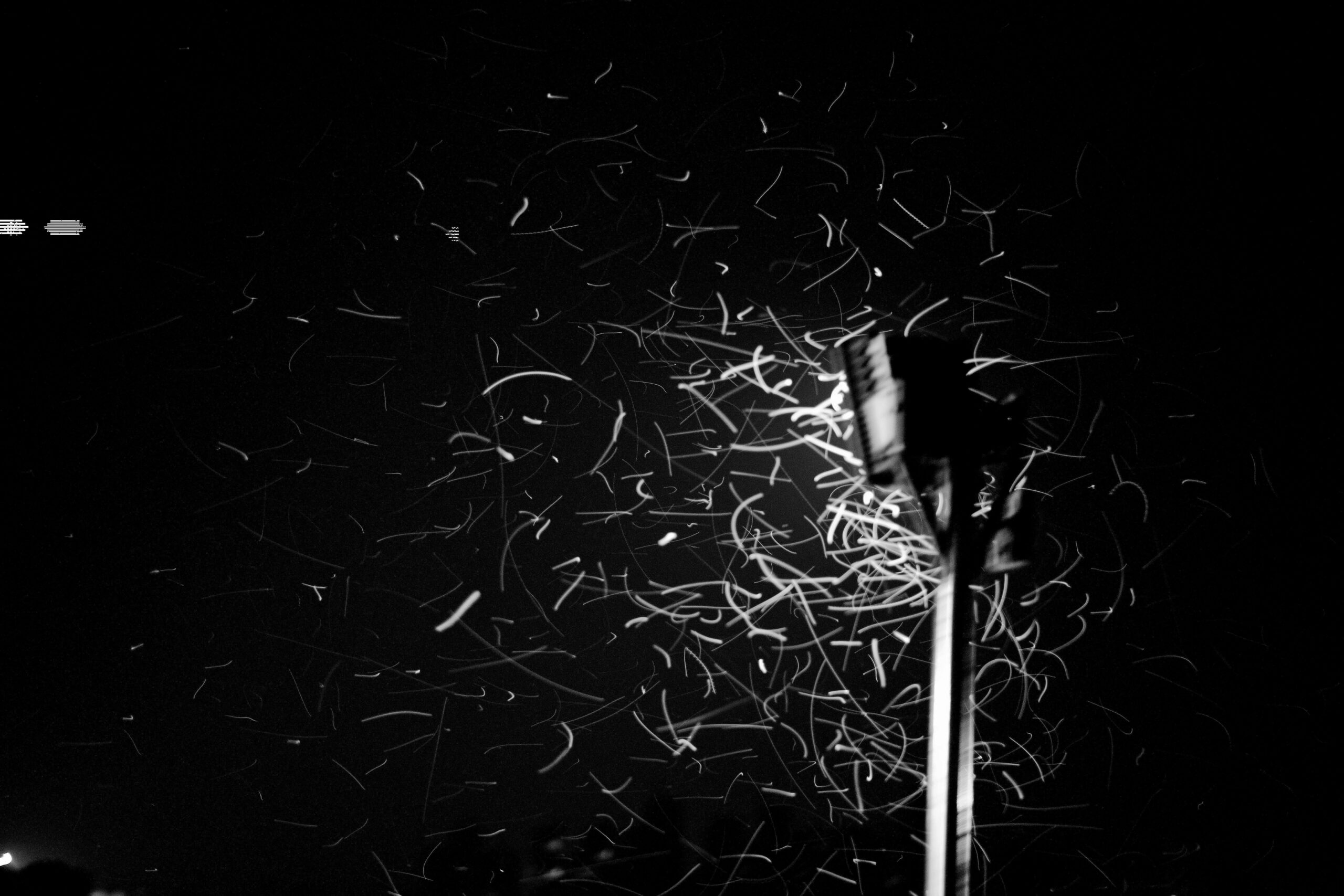If you’ve ever sat outside on a warm night, you’ve likely noticed insects swarming around streetlights, porch lights, or even a simple candle flame. This behavior has puzzled scientists and everyday observers for centuries. But why do insects fly toward light sources? Is it curiosity, confusion, or something else entirely? In this article, we will explore the science behind this fascinating behavior and debunk some common myths.
The Attraction to Light: A Natural Instinct
One of the leading explanations for why insects fly around artificial lights is their natural reliance on celestial navigation. Many nocturnal insects, such as moths, use the moon and stars to orient themselves. This method, called phototaxis, helps them travel in a straight line by maintaining a consistent angle to a distant light source.
However, artificial lights, such as bulbs and flames, confuse this instinct. Instead of a faraway, fixed light source like the moon, a streetlamp or porch light is much closer. When insects attempt to navigate using these artificial lights, they end up spiraling around them because the angle they maintain is constantly changing.
Positive vs. Negative Phototaxis
Phototaxis is the movement of organisms in response to light. Some insects exhibit positive phototaxis, meaning they are naturally attracted to light, while others show negative phototaxis, meaning they avoid it.
- Positive Phototaxis: Moths, flies, and certain beetles tend to move toward light sources, likely due to their reliance on celestial navigation.
- Negative Phototaxis: Cockroaches and some types of crickets actively avoid light, as they are nocturnal creatures that prefer dark, hidden environments to escape predators.
The Role of Ultraviolet Light
Another factor that influences insect behavior is ultraviolet (UV) light. Many insects have specialized vision that allows them to see UV light, which is often emitted by artificial light sources. Flowers reflect UV light to attract pollinators, and some researchers believe that insects mistake artificial light for natural sources of food or mates.
Common Myths About Insects and Light
Myth #1: Insects Are “Burned” by the Light
Truth: Insects do not get burned by the light itself. However, they can suffer burns if they get too close to heat-emitting sources, such as incandescent bulbs or flames. The constant circling and collisions with hot surfaces can lead to injury or death.
Myth #2: All Insects Are Attracted to Light
Truth: While many insects exhibit positive phototaxis, others actively avoid light. For example, cockroaches and certain types of ants will flee from bright areas.
Myth #3: Insects Fly Into Lights on Purpose
Truth: Most insects are not intentionally flying into lights; they are simply disoriented. The artificial light confuses their navigation system, leading to erratic flight patterns.
How to Reduce Insect Attraction to Lights
If you want to minimize insect swarms around your home, consider these strategies:
- Use Yellow or Warm-Colored Lights: Insects are less attracted to warmer-colored light sources. LED lights with a yellow tint can significantly reduce the number of bugs in your area.
- Install Motion-Activated Lights: Keeping outdoor lights off when not needed can help prevent insects from congregating around them.
- Use Bug-Repellent Bulbs: Some specially designed bulbs emit wavelengths that insects find unappealing.
- Place Lights Away from Gathering Areas: Positioning lights farther from entryways or seating areas can draw insects away from human activity.
- Switch to LED or Low-UV Emission Bulbs: Insects are especially attracted to high-UV-emission bulbs, so using LEDs with lower UV output can reduce attraction.
Insects’ attraction to artificial lights is largely due to their natural instincts for celestial navigation. Unfortunately, modern lighting confuses them, leading to the swarming behavior we often observe. While some insects are naturally drawn to lights due to their vision or instincts, others avoid them completely.
Understanding why insects behave this way can help us take measures to minimize unwanted swarms and appreciate the complex relationship between nature and artificial environments.
Photo by 祝 鹤槐

















































































